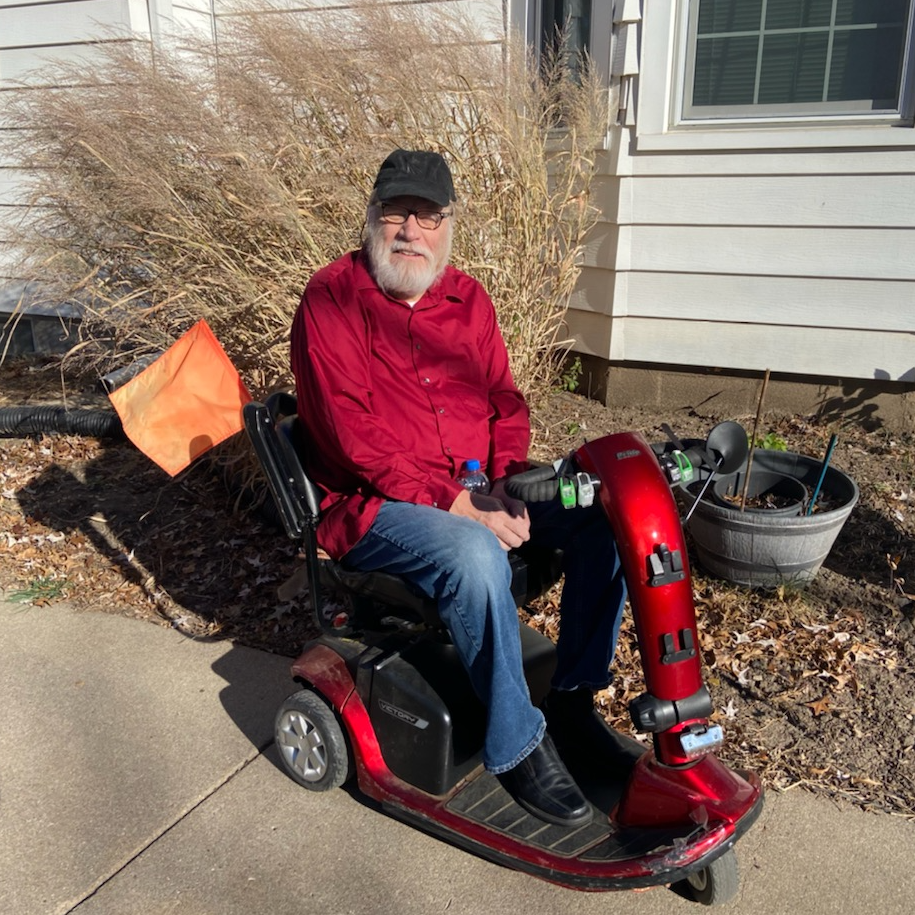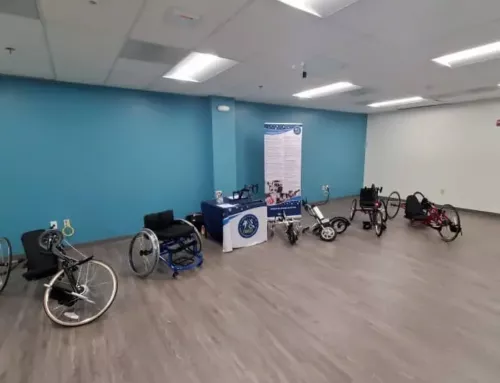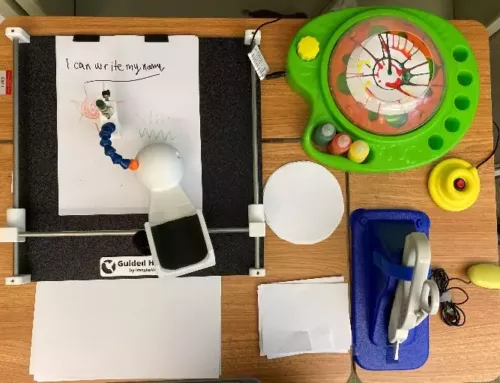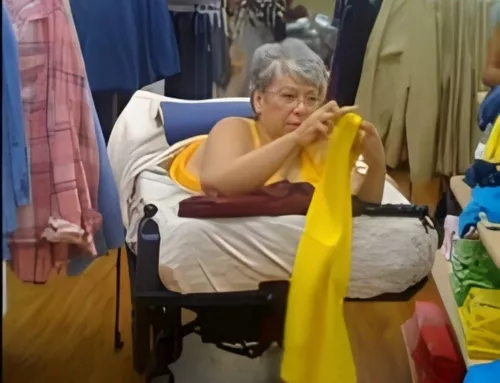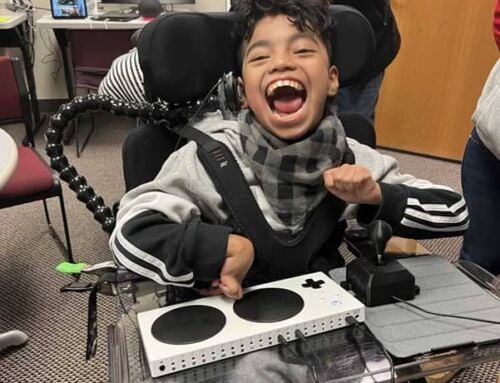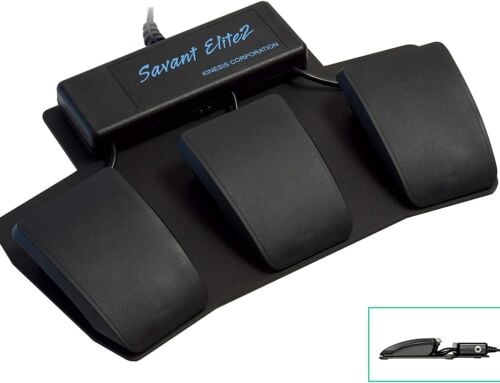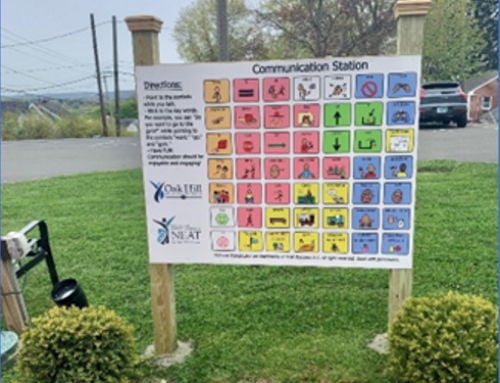AT Powers Independence for Joshua in Connecticut
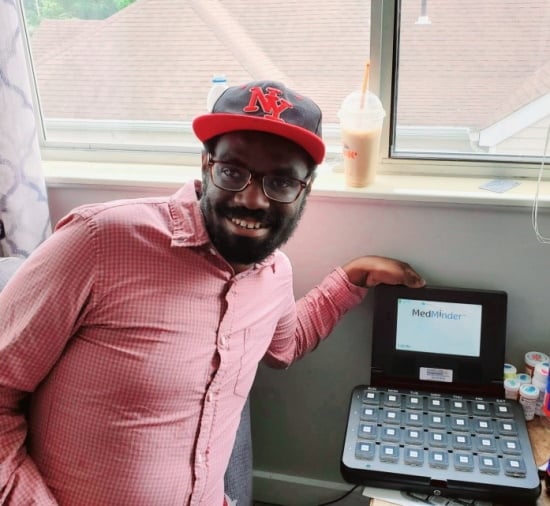
Thank you, Connecticut Tech Act Project (the CT AT Act Program) for this informative story about the power of assistive technology (AT) to support independence and meeting life goals!

When Joshua moved into a cluster apartment, his primary goal was to be as independent and safe as possible in his new home. To help support him, CT AT Act partner agency, ATECH, demonstrated a variety of supports for daily living and a range of other assistive technology tools.
“AT demonstration” is a core activity of the State and Territory AT Act Programs. Demonstrations provide an opportunity to see assistive technology in action with the assistance of trained staff who understand disabilities and can make suggestions for devices of interest, explain features, ask questions of potential users, and arrange a device loan–if appropriate–for further exploration in a person’s own environment. These services complement each other to assist individuals with disabilities, service providers, family members, educators, therapists (anyone) to find an AT solution to a problem or assist with meeting a goal.
Joshua has trouble remembering to take his medications. ATECH demonstrated the MedMinder because of its unique features, such as automatically locking medication compartments so that only the meds he needs to take are available to him at the appropriate time and day.
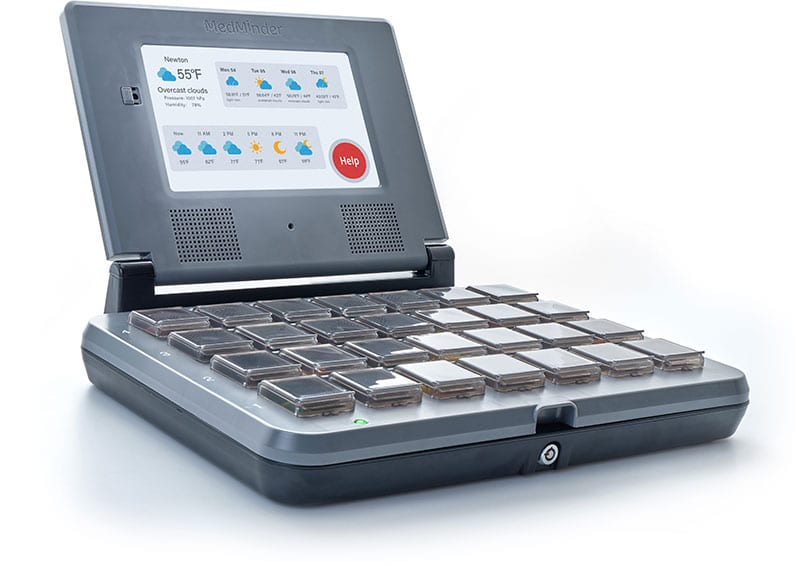
When it’s time to take a medication, the appropriate compartment flashes. If the cup is not removed within the assigned time frame, the patient can get auditory prompts as well as optional automatic phone calls, text messages and emails. —the MedMinder website
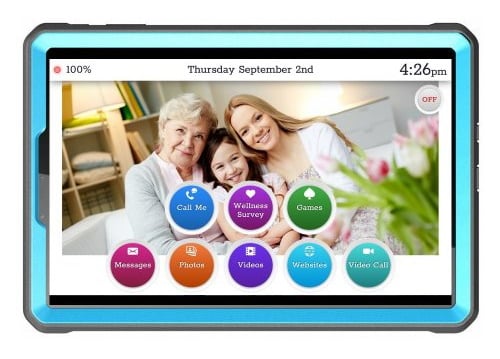
For when Joshua needs more general assistance at home, ATECH demonstrated the Claris Companion. This video chat device makes it possible for Joshua to reach pre-programmed contacts only, an additional safety feature.
Claris Companion is specifically designed to provide the perfect balance of social and health care features […] without the need to launch apps or enter passwords. Family can remotely set up the large buttons and text, adjust the sound, and schedule notifications. —the Claris Companion website.

Other devices ATECH staff demonstrated include the Ring Peephole Video doorbell, the CookStop, and the Microwave Safe-T Sensor.
Get mobile notifications when anyone presses the built-in doorbell button, knocks on the door, or triggers the motion sensors. Then answer the notification to see, hear, and speak to visitors from anywhere. It’s designed for easy self-setup in minutes on houses, apartments, condos, even dorms. —the Ring Peephole on Amazon.
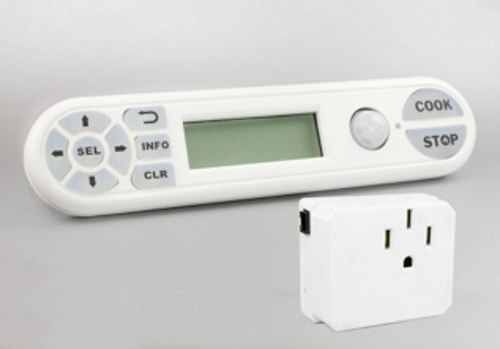
The CookStop is a safety device that will automatically turn off an electric stove if it is left unattended for a specific period of time. Learn more at the Cookstop website.

The Safe-T-Sensor shuts the microwave off at the first sign of smoke from the microwave. —the UniversityLogistics website (makers of Safe-T-Sensor)
Since Joshua enjoyed these device options, the team put them into place at his new apartment. Joshua is thrilled to be achieving his goal of living independently and safely.
His picture is worth a thousand words!
Learn more:
Daily Living Assistive Technology – the What, When, Who and Why from AT3 Center
Monthly Blog Digest
Search the blog
State AT Program Blogs
California
Florida
Indiana
Kentucky
Louisiana
Maryland
Massachusetts
Michigan
Montana
North Carolina
North Dakota
Utah
State AT Program Blogs
The AT3 Center, the Association of AT Act Programs (ATAP), and the Administration on Community Living (ACL) make no endorsement, representation, or warranty expressed or implied for any product, device, or information set forth in this blog. The AT3 Center, ATAP, and ACL have not examined, reviewed, or tested any product or device hereto referred.

